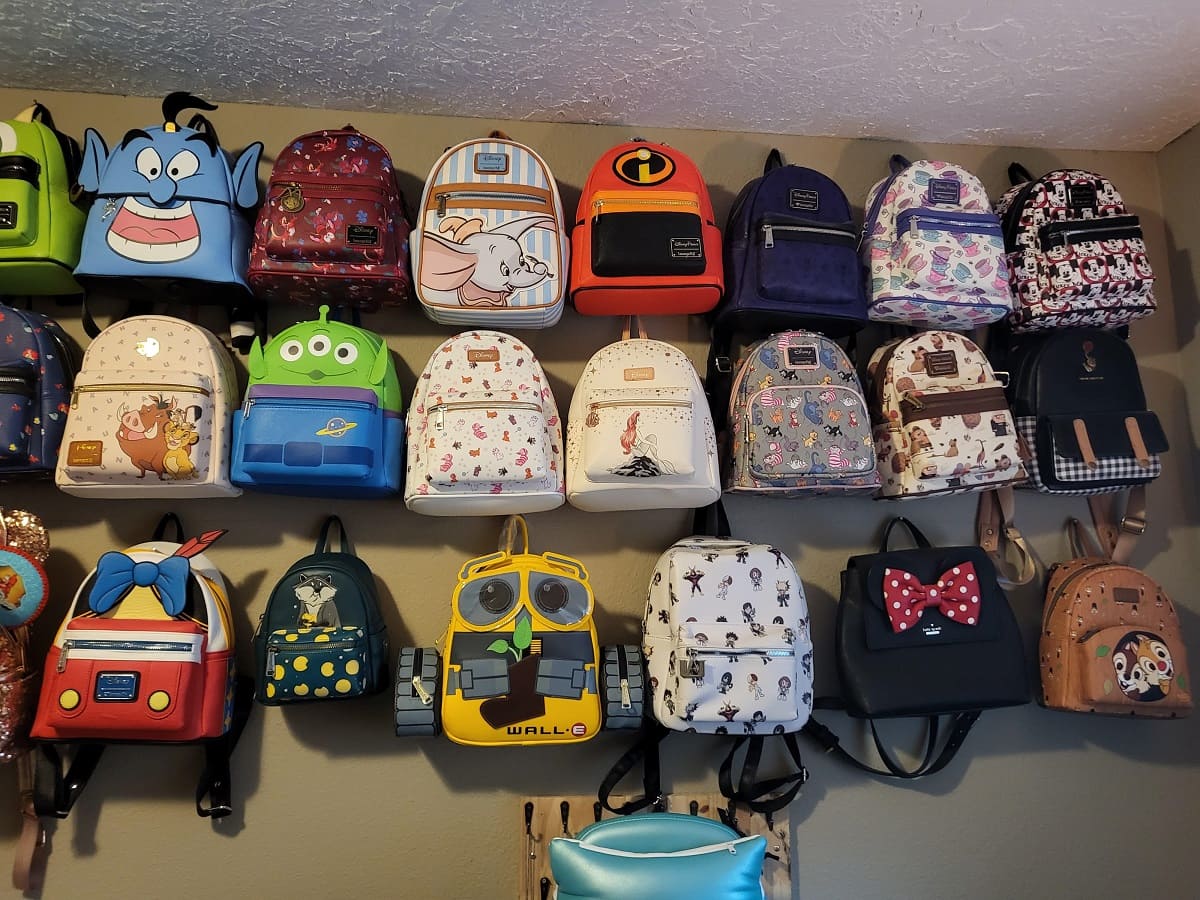

Articles
How To Store Loungefly Backpacks
Modified: December 7, 2023
Learn how to properly store and maintain your beloved Loungefly backpacks with these informative articles. Extend the lifespan of your favorite accessories and keep them in pristine condition.
(Many of the links in this article redirect to a specific reviewed product. Your purchase of these products through affiliate links helps to generate commission for Storables.com, at no extra cost. Learn more)
Introduction
Are you a fan of Loungefly backpacks? These stylish and unique bags have become quite popular among fashion enthusiasts and collectors. Loungefly backpacks are known for their eye-catching designs and excellent quality, making them a must-have accessory for many individuals. However, if you own multiple Loungefly backpacks, you may encounter a common problem – how to properly store them to ensure their longevity and preserve their pristine condition.
In this article, we will explore the best practices for storing your cherished Loungefly backpacks. From choosing the right storage space to protecting them from dust and moisture, we will cover all the essential steps to help you keep your backpacks safe and ready for use whenever you need them.
Whether you’re storing your Loungefly backpacks for a short period or long-term, following these guidelines will help maintain their appearance and extend their lifespan. So, let’s dive into the world of storing Loungefly backpacks and discover the secrets to keeping them in top-notch condition!
Key Takeaways:
- Preserve the Pristine Beauty: Properly store and maintain your Loungefly backpacks in a clean, dry, and accessible space to protect them from damage and ensure their longevity.
- Attention to Detail: Regularly check, clean, and maintain your Loungefly backpacks, ensuring they remain in top-notch condition for your next adventure or fashion statement.
Read more: How To Store Backpacks In Closet
Choosing the Right Storage Space
When it comes to storing your Loungefly backpacks, the first step is to select an appropriate storage space. Ideally, you should choose a location that is clean, dry, and free from excessive heat or humidity. Moisture and extreme temperatures can damage the backpacks and cause mold or mildew growth, so it’s essential to find a suitable storage area.
If possible, try to store your Loungefly backpacks indoors rather than in a basement or attic, as these areas are more prone to temperature fluctuations and moisture. A closet or a dedicated storage room in your home would be an ideal choice.
Additionally, consider the available space and accessibility. Make sure the storage space has enough room to accommodate your backpacks without squishing or crumpling them. It’s best to avoid tightly packing them, as this can alter their shape and potentially damage any embellishments or delicate features.
If you’re short on space, you can also opt for storage solutions such as hanging hooks or wall-mounted racks specifically designed for bags. These options will not only keep your Loungefly backpacks organized but also help maintain their shape and prevent any unnecessary creasing.
Remember, picking the right storage space is crucial in ensuring your Loungefly backpacks remain in excellent condition. With a clean, dry, and accessible area, you’re already off to a great start in preserving their beauty and longevity.
Cleaning and Preparing the Backpacks for Storage
Before you store your Loungefly backpacks, it’s crucial to clean and prepare them properly. This step ensures that no dirt, debris, or stains remain on the bags, which could potentially lead to long-term damage.
Start by emptying your backpacks completely, removing any items or belongings that may be inside. Check all pockets and compartments to ensure nothing is left behind.
Next, gently wipe the exterior of the backpacks with a soft cloth or sponge to remove any visible dirt or dust. Avoid using harsh cleaners or abrasive materials that could potentially damage the fabric or embellishments. If your backpack has any stains or spills, it’s best to consult the care instructions provided by Loungefly or consult a professional cleaner for guidance.
For leather or faux leather backpacks, it’s advisable to use a specialized leather cleaner or conditioner to maintain their quality and prevent cracking or drying out. Follow the instructions on the product carefully, and test it on a small, inconspicuous area of the bag first to ensure it won’t cause any discoloration.
Once your backpacks are clean and dry, it’s time to prepare them for storage. One important step is to ensure that all zippers and fastenings are properly closed to avoid any strain or potential damage to the bag’s structure. This will help maintain the shape and integrity of your Loungefly backpacks while they are in storage.
If your backpacks have adjustable straps, it’s a good idea to adjust them to their shortest length. This will prevent any unnecessary stretching or warping of the straps during storage.
By cleaning and preparing your Loungefly backpacks before storage, you are taking proactive steps to preserve their appearance and prevent any potential damage caused by dirt, stains, or improper storage techniques. A little extra care during this stage can go a long way in ensuring the longevity of your beloved backpacks.
Removing or Detaching Any Accessories
Loungefly backpacks often come with various accessories, such as keychains, patches, or detachable charms. Before storing your backpacks, it’s important to remove or detach these accessories to prevent any unnecessary strain or damage.
Start by carefully inspecting your backpack for any removable accessories. This may include keychains attached to zipper pulls, decorative patches, or charms dangling from the bag. Gently remove these accessories one by one, taking care not to tug or pull too forcefully, as this could cause damage to the bag or the accessory itself.
If the accessories are easily detachable, such as keychains with lobster clasps or patches with adhesive backing, remove them fully from the backpack. This will ensure they don’t get caught or tangled during storage and minimize the risk of damage or snagging.
In the case of non-removable accessories, such as embellishments directly sewn onto the bag, you may need to take extra precautions. Consider wrapping the backpack in a soft cloth or tissue paper to protect the accessories from rubbing against other items or getting scratched during storage. This will help preserve their appearance and prevent any potential damage.
An additional benefit of removing or detaching accessories before storage is that it allows for easier cleaning and maintenance. You can individually clean or polish the accessories separately and ensure they are in top condition when you decide to use them again.
By taking the time to remove or detach any accessories from your Loungefly backpacks before storage, you are safeguarding both the accessories and the bag itself. This simple step will help maintain the integrity of the accessories and ensure they remain beautiful and functional for years to come.
Stuffing the Backpacks to Maintain Shape
One of the essential steps in storing your Loungefly backpacks is to stuff them properly to maintain their shape. This step not only helps prevent any unwanted creasing or sagging but also ensures that the backpacks stay in pristine condition during storage.
Start by selecting appropriate stuffing materials. You can use a variety of options, such as acid-free tissue paper, bubble wrap, soft fabric, or even clean clothing items that you no longer wear. The key is to choose materials that are clean, lightweight, and non-abrasive.
Begin by stuffing the main compartment of each backpack. Stuff it gently with the chosen materials, ensuring that you fill the space evenly without overstuffing. This will help the backpack maintain its shape and prevent any collapsing or distortion.
For backpacks with multiple compartments or pockets, it’s important to stuff each section individually. Pay attention to any external pockets or smaller compartments, making sure to fill them adequately with the stuffing materials. This will help maintain the shape not only of the main compartment but also of the entire backpack structure.
Ensure that the stuffing is firm but not too tight. It’s important to strike a balance between providing enough support to maintain the shape and avoiding excessive pressure or strain on the backpack’s fabric or seams.
Additionally, be mindful of any specific features or details of the backpack that require special attention. For example, if your backpack has a laptop sleeve or a padded back panel, make sure to stuff these areas appropriately to maintain their shape and cushioning abilities.
By properly stuffing your Loungefly backpacks before storage, you are setting them up for success. The stuffing materials act as a supportive framework, preserving the structure and appearance of your backpacks while they are in storage. This simple yet effective step will go a long way in ensuring that your backpacks look as good as new when you take them out for your next adventure.
Read more: How To Store Bags And Backpacks
Folding and Packing the Backpacks Properly
When it comes to storing your Loungefly backpacks, folding and packing them properly is key to preserving their shape and minimizing any potential damage. Follow these guidelines to ensure your backpacks are packed and stored efficiently:
1. Empty the backpacks: Start by removing any items or belongings from the backpacks. Ensure that all pockets and compartments are empty.
2. Flatten the backpacks: Lay the backpacks flat on a clean surface, such as a table or bed. Smooth out any wrinkles or folds.
3. Fold with care: Without putting excessive pressure on any specific areas, begin folding the backpacks. Start by folding the sides towards the center, and then fold the bottom part up towards the top. Take your time to ensure smooth and even folds.
4. Secure the folds: Depending on the size and shape of your backpacks, you may need to use straps, clips, or elastic bands to secure the folded shape. Avoid using anything that could potentially damage the fabric or leave indentations.
5. Use protective covers: Consider using protective covers, such as garment bags or pillowcases, to further shield your folded backpacks from dust, dirt, and potential snagging. This step can help prevent any accidental damage during storage.
6. Pack the backpacks upright: If possible, pack your folded backpacks in an upright position rather than stacking them horizontally. This will help maintain their shape and minimize any unnecessary pressure on the folded areas.
7. Alternative packaging options: If you have limited space, you can also explore alternative packaging options, such as vacuum-sealed bags or storage boxes specifically designed for backpacks. These options can help save space while still offering adequate protection.
8. Label and organize: Lastly, make sure to label your packed backpacks or create an inventory list to keep track of what you have stored. This will make it easier to locate specific backpacks when you need them in the future.
By folding and packing your Loungefly backpacks properly, you can maximize storage space, preserve their shape, and protect them from potential damage. With a little care and attention to detail, your backpacks will be ready for use whenever you decide to take them out for your next adventure.
When storing Loungefly backpacks, make sure to clean them thoroughly and stuff them with tissue paper to help maintain their shape. Store them in a cool, dry place away from direct sunlight to prevent fading and damage.
Selecting the Right Storage Containers
Choosing the right storage containers for your Loungefly backpacks is crucial in ensuring their safety and longevity while they are not in use. Here are some important factors to consider when selecting storage containers:
1. Size and shape: Opt for containers that are spacious enough to accommodate your folded backpacks without squishing or compressing them. The containers should have ample room for the backpacks to maintain their shape and structure.
2. Material: Look for storage containers made of sturdy and durable materials, such as plastic or fabric. Ensure that the containers are waterproof and resistant to mildew or mold growth.
3. Lids and closures: Choose containers with secure lids or closures to prevent dust, dirt, or insects from entering. Avoid containers with loose or flimsy lids that may not provide adequate protection.
4. Transparent or labeled: Opt for containers that are transparent or have a label holder. This allows you to easily identify and locate specific backpacks without the need to open each container. Labeling the containers can also help with organization and accessibility.
5. Stackable: Consider containers that are stackable to maximize storage space. Stackable containers allow for efficient use of vertical space while keeping the backpacks easily accessible.
6. Ventilation: It’s important to select storage containers with ventilation options to prevent any trapped moisture or odors. Look for containers with small vents or breathable materials.
7. Temperature-controlled: If you live in an area with extreme temperatures, consider investing in temperature-controlled storage containers. These containers help regulate temperature fluctuations and protect the backpacks from excessive heat or cold.
8. Accessibility: Ensure that the storage containers are easy to open and close, allowing for hassle-free access to your backpacks whenever needed. Choose containers with handles or grips for convenient handling.
By selecting the right storage containers, you can provide a safe and protective environment for your Loungefly backpacks during their storage period. With the proper containers, you can have peace of mind knowing that your backpacks are well-preserved and ready for their next adventure.
Protecting the Backpacks from Dust and Moisture
Protecting your Loungefly backpacks from dust and moisture is crucial for maintaining their appearance and preventing any potential damage. Follow these tips to ensure your backpacks stay in pristine condition:
1. Clean storage area: Before placing your backpacks in storage, make sure the area is clean and free from dust. Dust particles can settle on the backpacks over time, so a clean storage space will minimize the chance of dust accumulation.
2. Use dust covers: Consider using dust covers or garment bags to protect your backpacks from dust. These covers create an extra layer of defense, preventing dust from settling on the surfaces of your backpacks.
3. Silica gel packets: Place silica gel packets inside the storage containers to absorb moisture and prevent any potential damage caused by humidity. Silica gel packets can be found in various packaging materials or can be purchased separately.
4. Desiccant packs: Similar to silica gel packets, desiccant packs help absorb moisture and maintain a dry environment. Place a few desiccant packs inside the storage containers to protect your backpacks from moisture-related issues.
5. Avoid direct sunlight: Store your backpacks away from direct sunlight or strong artificial light sources. Prolonged exposure to sunlight can cause colors to fade or fabric to weaken over time.
6. Climate-controlled storage: Consider storing your backpacks in a climate-controlled environment if possible. Extreme temperature changes or high humidity can damage the fabric or material of your backpacks. A controlled environment will help protect them from these adverse conditions.
7. Regular cleaning: Even in storage, it’s important to periodically clean your backpacks to remove any dust or dirt that may have accumulated. Gently wipe down the surfaces with a soft cloth or sponge, and ensure they are completely dry before returning them to storage.
8. Inspection: Regularly inspect your stored backpacks for any signs of damage or pests. Check for any loose threads, wear and tear, or insect infestation. Catching any issues early will allow you to address them promptly and prevent further damage.
By taking these measures to protect your Loungefly backpacks from dust and moisture, you ensure their long-term preservation and keep them looking their best. Your backpacks will be ready to use whenever you need them, without any surprises or damage caused by environmental factors.
Storing the Backpacks in a Cool and Dry Location
Choosing the right storage location for your Loungefly backpacks is essential in preserving their quality and protecting them from damage. Follow these guidelines to ensure a cool and dry environment for your backpacks:
1. Temperature control: Select a storage location with a stable and moderate temperature. Extreme heat or cold can damage the materials of your backpacks, causing them to become brittle or fade in color. Aim for a temperature range between 60°F (15°C) and 75°F (24°C).
2. Avoid humidity: High humidity can lead to the growth of mold or mildew, which can ruin your backpacks. Opt for a storage area with low humidity levels, preferably below 50%. Consider using a dehumidifier in the storage space to maintain optimal humidity levels.
3. Air circulation: Ensure adequate air circulation in the storage area to prevent any stagnant or moisture-laden air. Good airflow helps prevent the accumulation of moisture and promotes a dry environment. If the storage space lacks natural ventilation, you can use fans or open windows periodically to promote air movement.
4. Avoid direct sunlight: Store your backpacks away from direct sunlight or strong artificial light sources. Prolonged exposure to sunlight can fade the colors and weaken the materials of your backpacks. Choose a location that is shielded from direct sunlight to preserve their vibrant appearance.
5. Elevated storage: Consider storing your backpacks on elevated surfaces, such as shelves or racks. This helps protect them from potential water damage in case of flooding or leaks. Elevated storage also prevents the backpacks from coming into contact with the ground, reducing the risk of dirt or moisture seeping in.
6. Avoid storage near chemicals: Keep your backpacks away from any storage areas that contain chemicals, such as cleaning products, paints, or solvents. Chemical fumes can cause discoloration or damage to the materials of your backpacks.
7. Furry pet-free zone: If you have pets that shed fur, it’s best to keep your backpack storage area pet-free. Fur can easily cling to the backpacks and be challenging to remove, potentially causing allergies or damaging the materials.
8. Regular checks: Regularly inspect the storage area for any signs of water leaks, pests, or humidity issues. Address any issues promptly to prevent damage to your backpacks.
By storing your Loungefly backpacks in a cool and dry location, you ensure their protection and longevity. A suitable storage environment free from extreme temperatures and moisture will keep your backpacks in pristine condition, ready for your next adventure.
Read more: How To Store Backpacking Gear
Checking and Maintaining the Backpacks Regularly
Regular maintenance and inspections of your Loungefly backpacks are crucial to ensure their longevity and identify any potential issues or damage. Follow these steps to keep your backpacks in top shape:
1. Scheduled checks: Set a routine to check your backpacks periodically, at least every few months. This allows you to catch any problems early and take appropriate action.
2. Inspect for damage: Examine your backpacks closely for any signs of wear and tear, loose threads, or damaged zippers. Pay attention to delicate areas, such as seams, embellishments, or strap attachments. If you notice any issues, address them promptly to prevent further damage.
3. Clean as needed: If your backpacks become dirty or stained, clean them following the manufacturer’s guidelines. Use a gentle cleanser, warm water, and a soft cloth or sponge to remove dirt or stains. Avoid submerging the backpacks entirely, and let them air dry completely before returning them to storage.
4. Treat spots and stains: If you notice any spots or stains that are stubborn to remove, use appropriate stain removers or consult professional cleaners. Test any cleaning products on a small, inconspicuous area of the backpack first to ensure they won’t cause any damage or discoloration.
5. Handle with care: When handling your backpacks, be mindful of the weight and avoid overloading them beyond their recommended capacity. Rough handling or excessive force can lead to strain on the straps, fabric, or seams.
6. Reattach or replace accessories: If you had previously removed or detached any accessories from your backpacks, make sure to reattach or replace them before using the backpacks again. Ensure that any attachments or fastenings are secure and won’t cause any issues during use.
7. Store properly: After inspecting and maintaining your backpacks, return them to their designated storage containers or space. Ensure they are clean and dry before storing them to prevent mold or mildew growth. Follow the guidelines mentioned earlier in this article to store them appropriately.
8. Rotate usage: If you have multiple Loungefly backpacks, consider rotating their usage. This allows each backpack to have rest periods and reduces the risk of excessive wear and tear on a single backpack. Alternating the use of backpacks also helps distribute the weight evenly and extends their lifespan.
By regularly checking and maintaining your Loungefly backpacks, you can prolong their life and ensure they remain in excellent condition. A little care and attention go a long way in preserving the beauty and functionality of your beloved backpacks.
Conclusion
Properly storing your Loungefly backpacks is essential for maintaining their quality, protecting them from damage, and ensuring their longevity. By following the guidelines provided in this article, you can ensure that your backpacks remain in pristine condition and are ready for your next adventures.
Start by choosing the right storage space – a cool, dry, and accessible area that is free from excessive heat, humidity, and dust. Clean and prepare your backpacks before storage, removing any accessories and ensuring they are spotless and dry.
Stuff the backpacks with lightweight materials to maintain their shape, fold them carefully, and select suitable storage containers that are spacious, durable, and stackable. Protect your backpacks from dust and moisture by using dust covers, silica gel packets, and avoiding direct sunlight.
Store your backpacks in a cool and dry location with good airflow and avoid storing them near chemicals or in areas prone to high humidity. Regularly check and maintain your backpacks, inspecting for any damage or wear and tear. Clean them as needed and reattach or replace accessories before using them again.
By following these practices, you can ensure that your Loungefly backpacks stay in excellent condition, ready for your next adventure or fashion statement. Taking the time to properly store and maintain your backpacks will pay off in their extended lifespan, allowing you to enjoy their beauty and functionality for years to come.
So, make sure to give your Loungefly backpacks the attention they deserve and keep them safe and stylish until your next journey!
Frequently Asked Questions about How To Store Loungefly Backpacks
Was this page helpful?
At Storables.com, we guarantee accurate and reliable information. Our content, validated by Expert Board Contributors, is crafted following stringent Editorial Policies. We're committed to providing you with well-researched, expert-backed insights for all your informational needs.
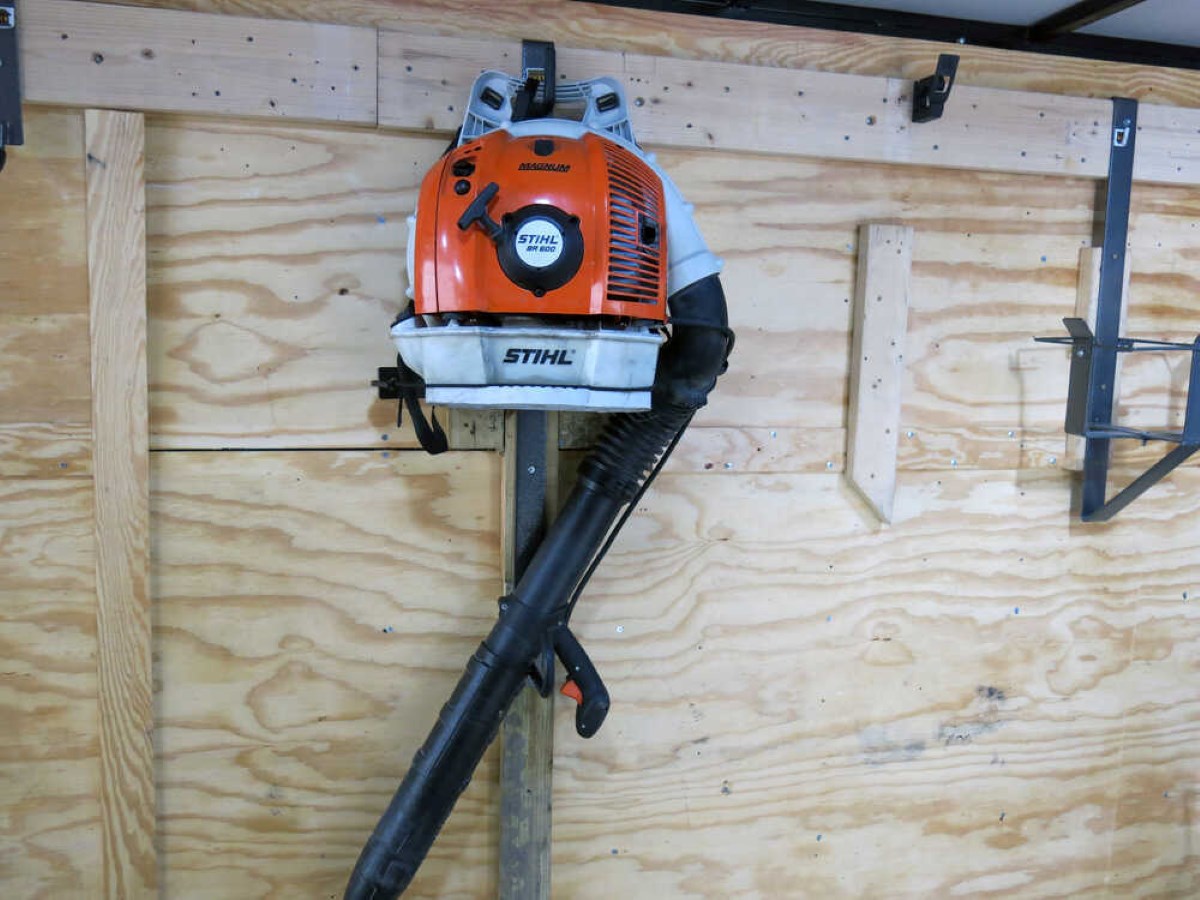
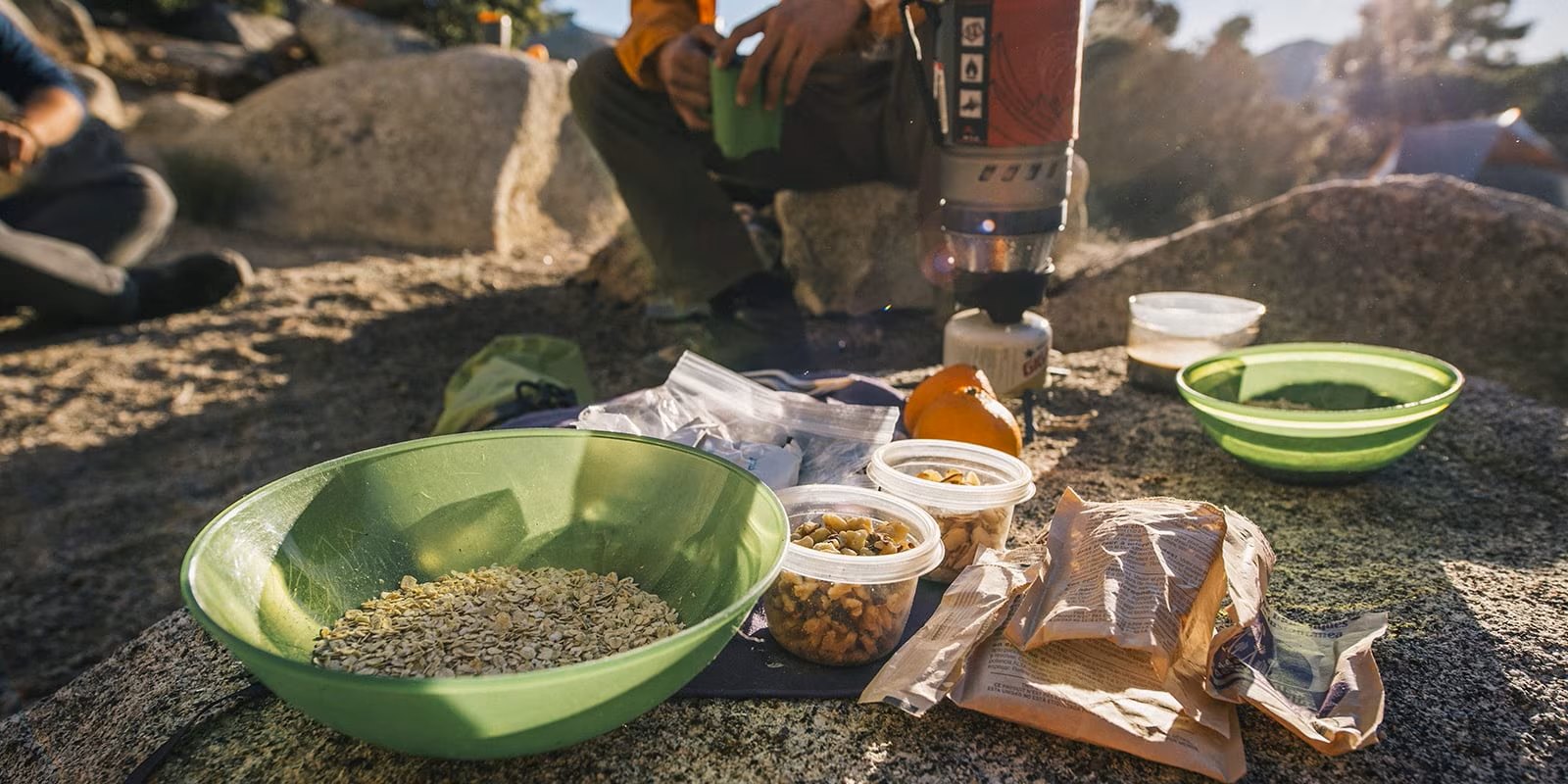
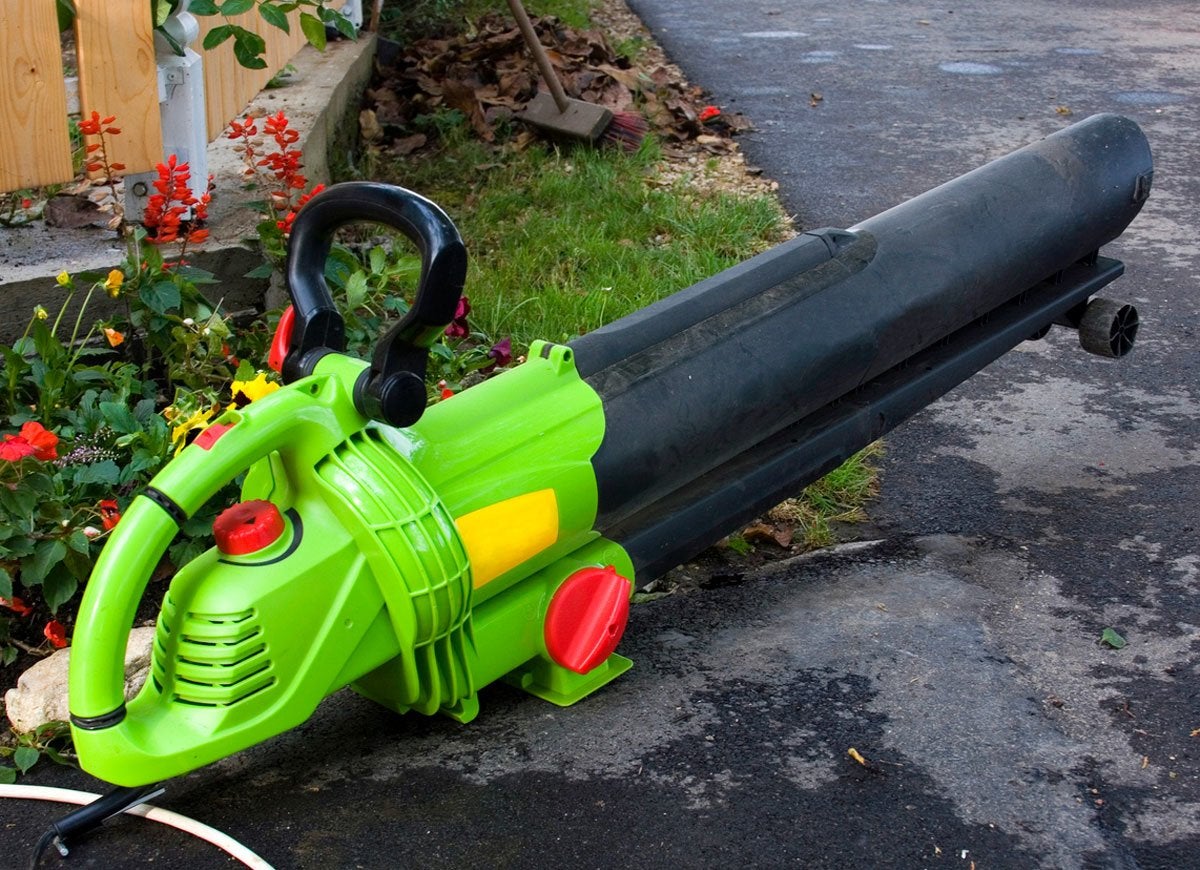
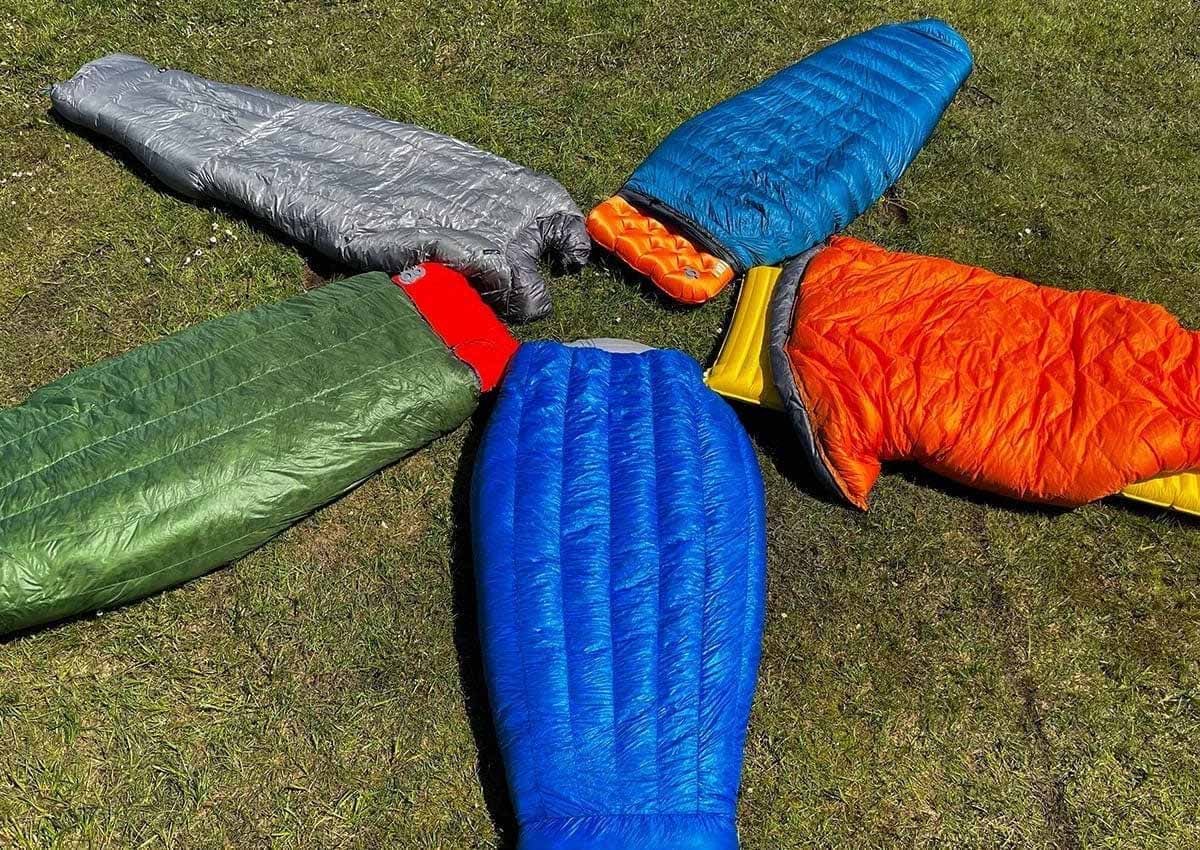
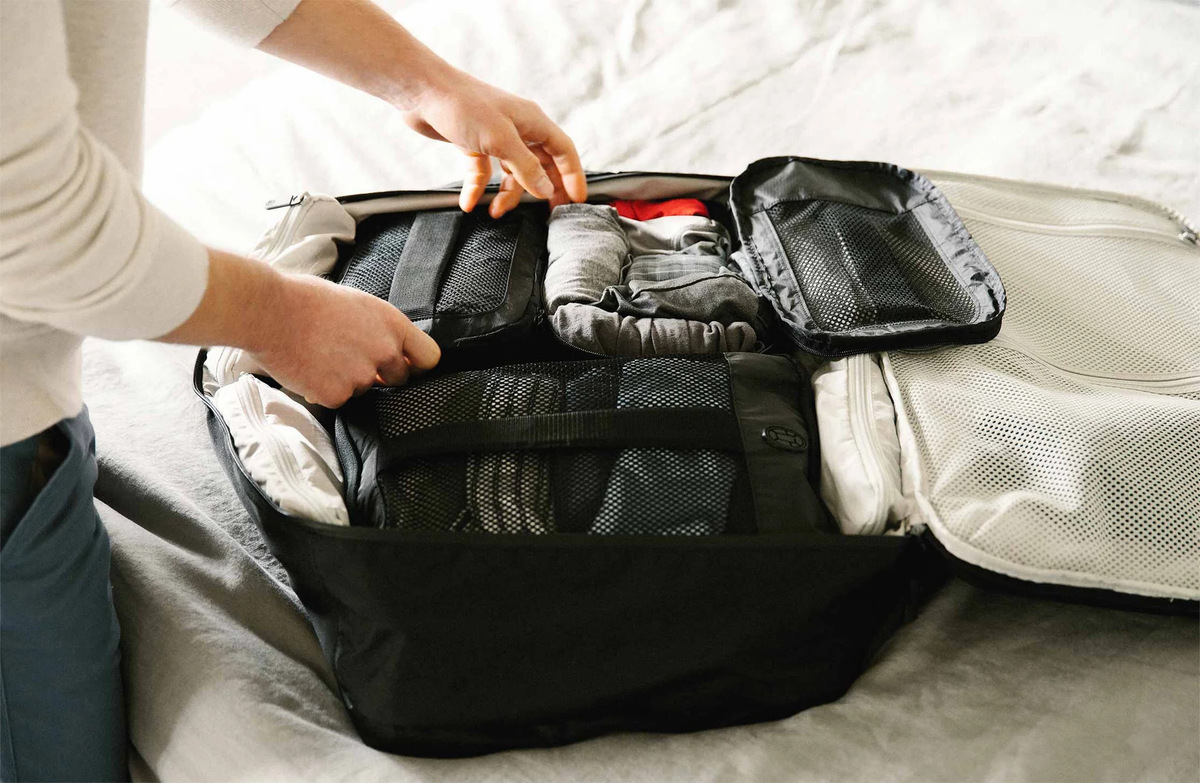
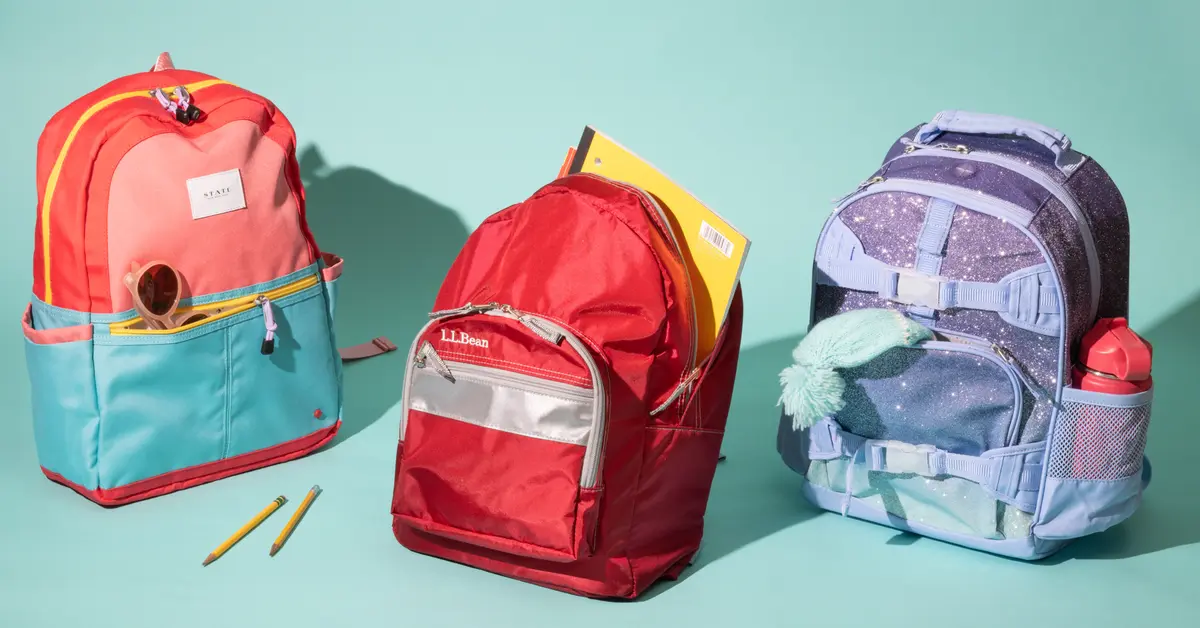
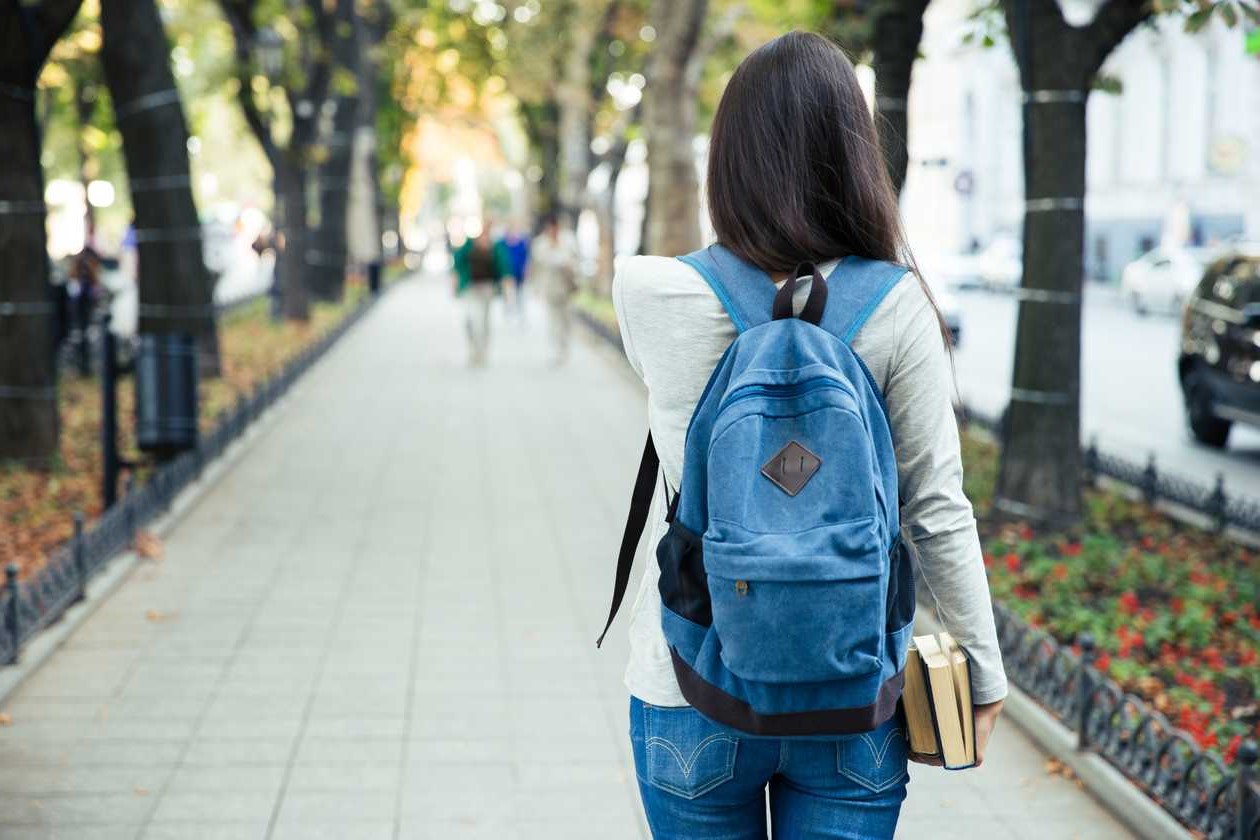
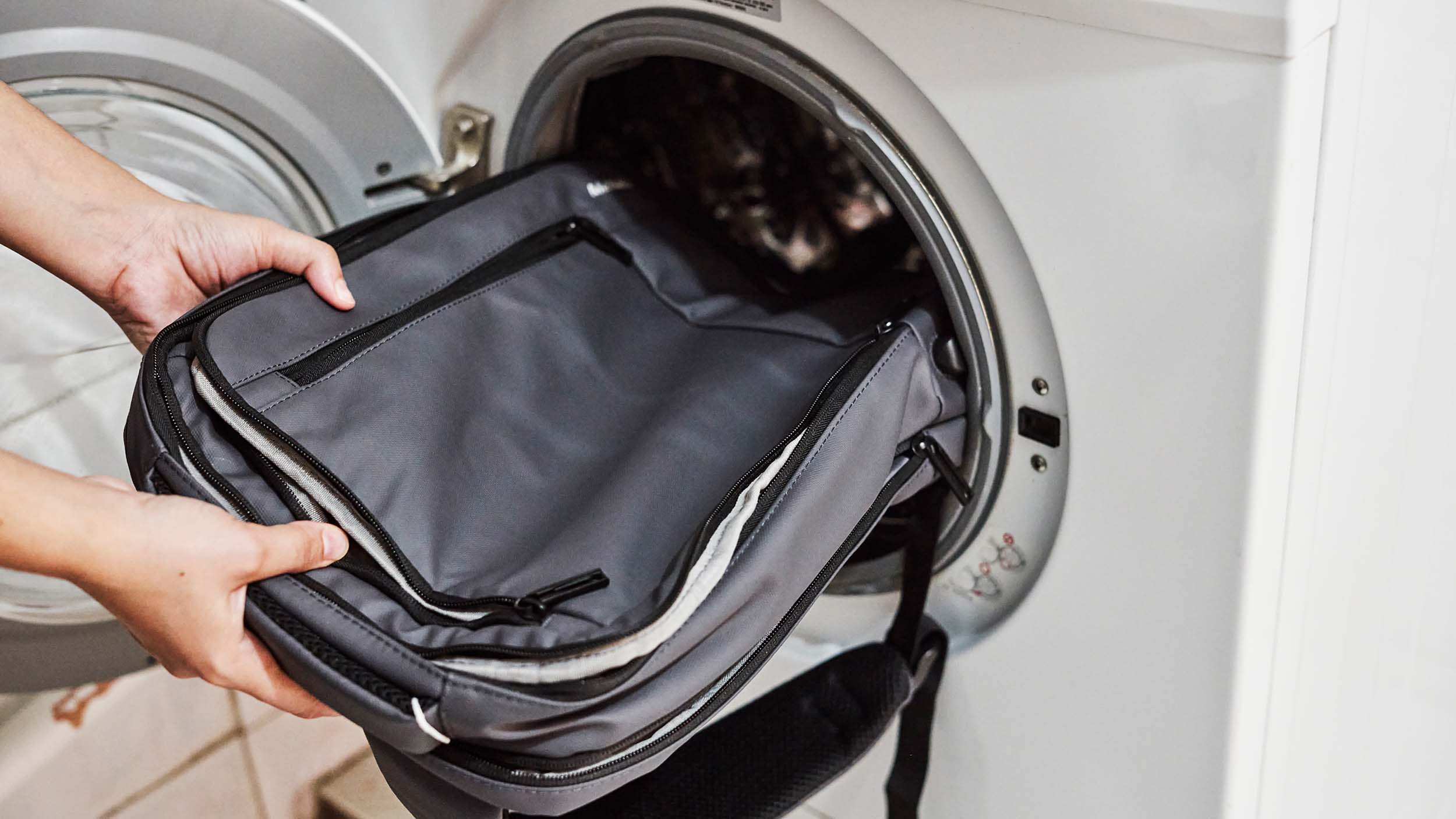
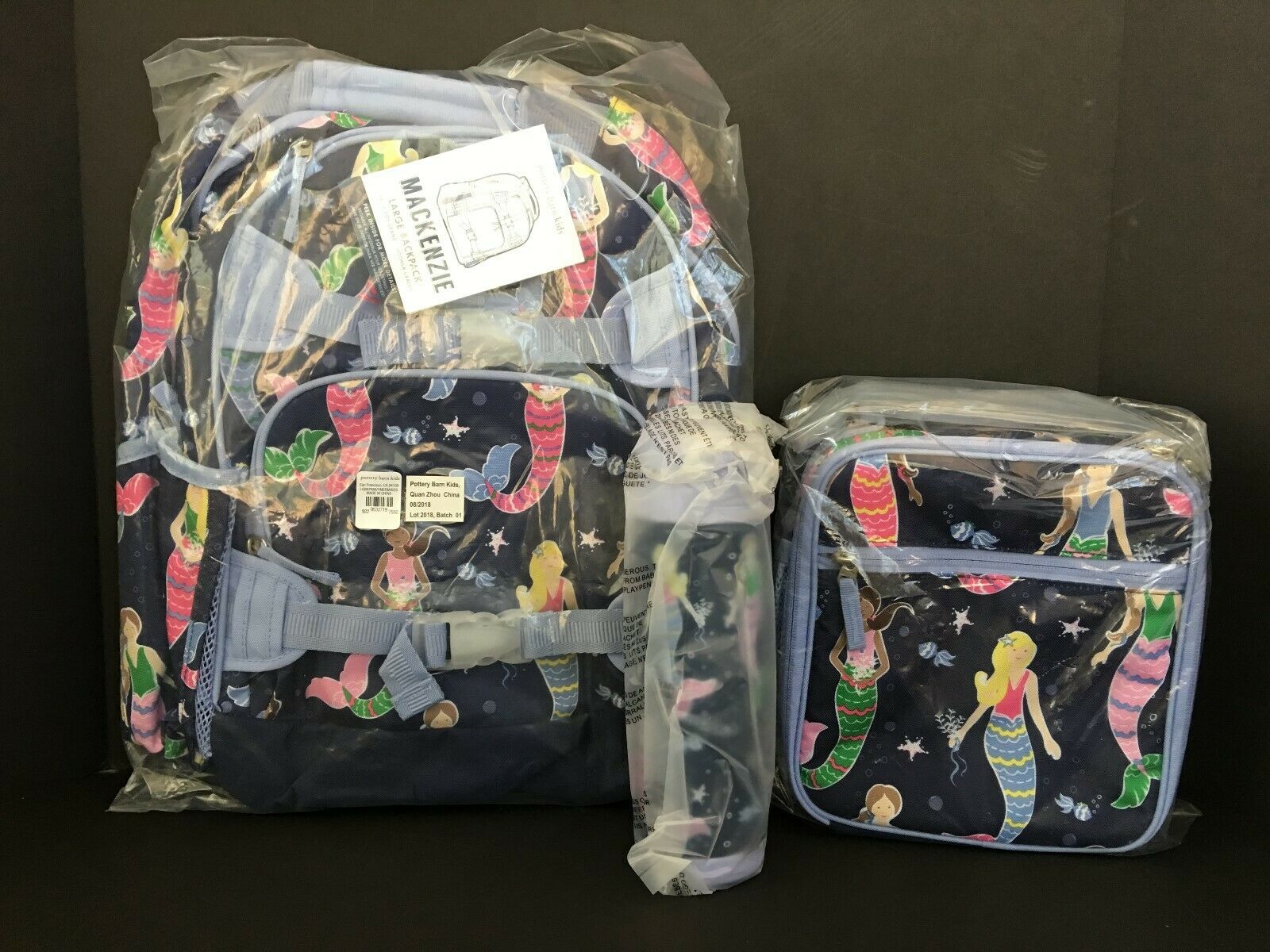

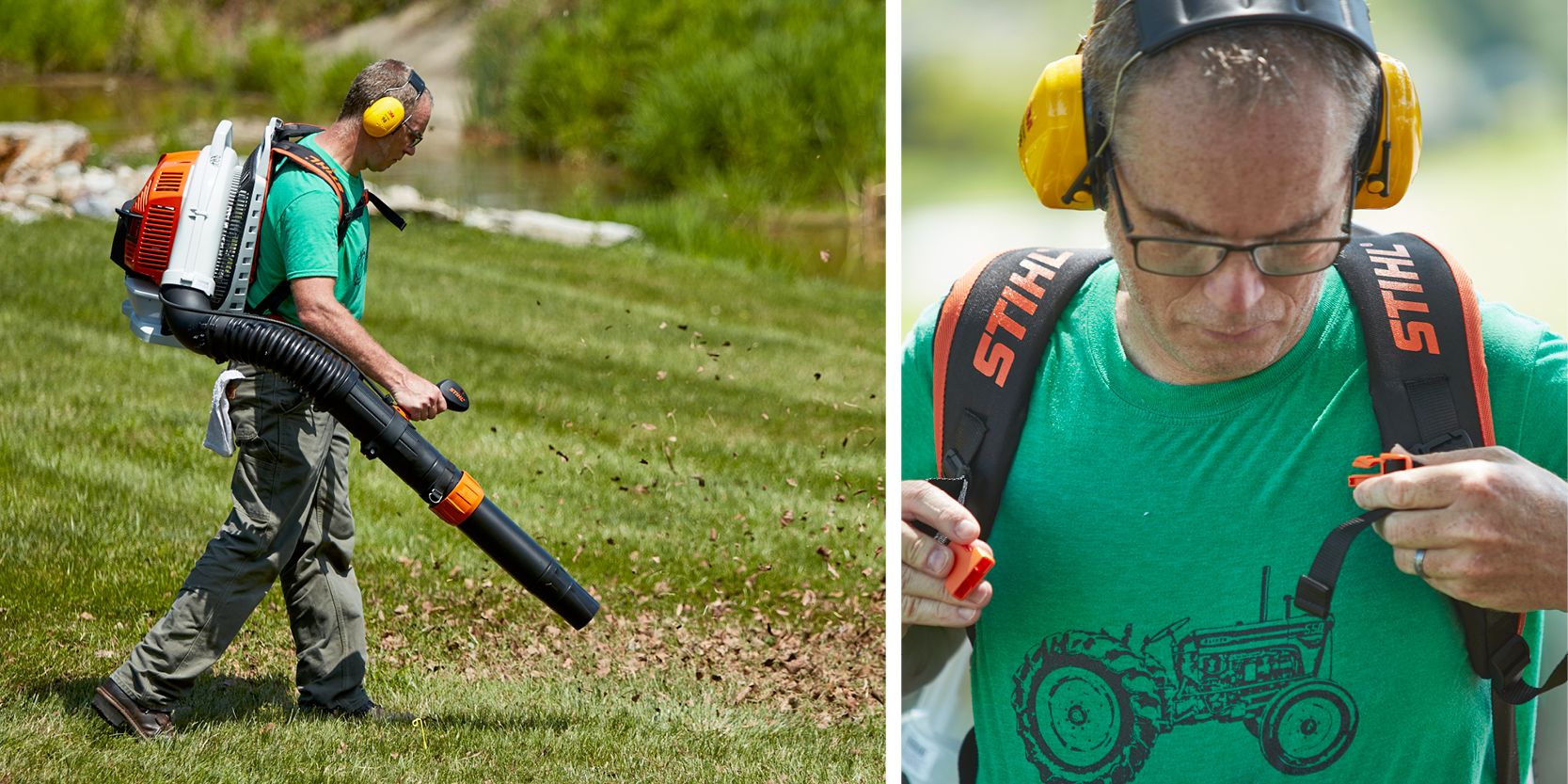
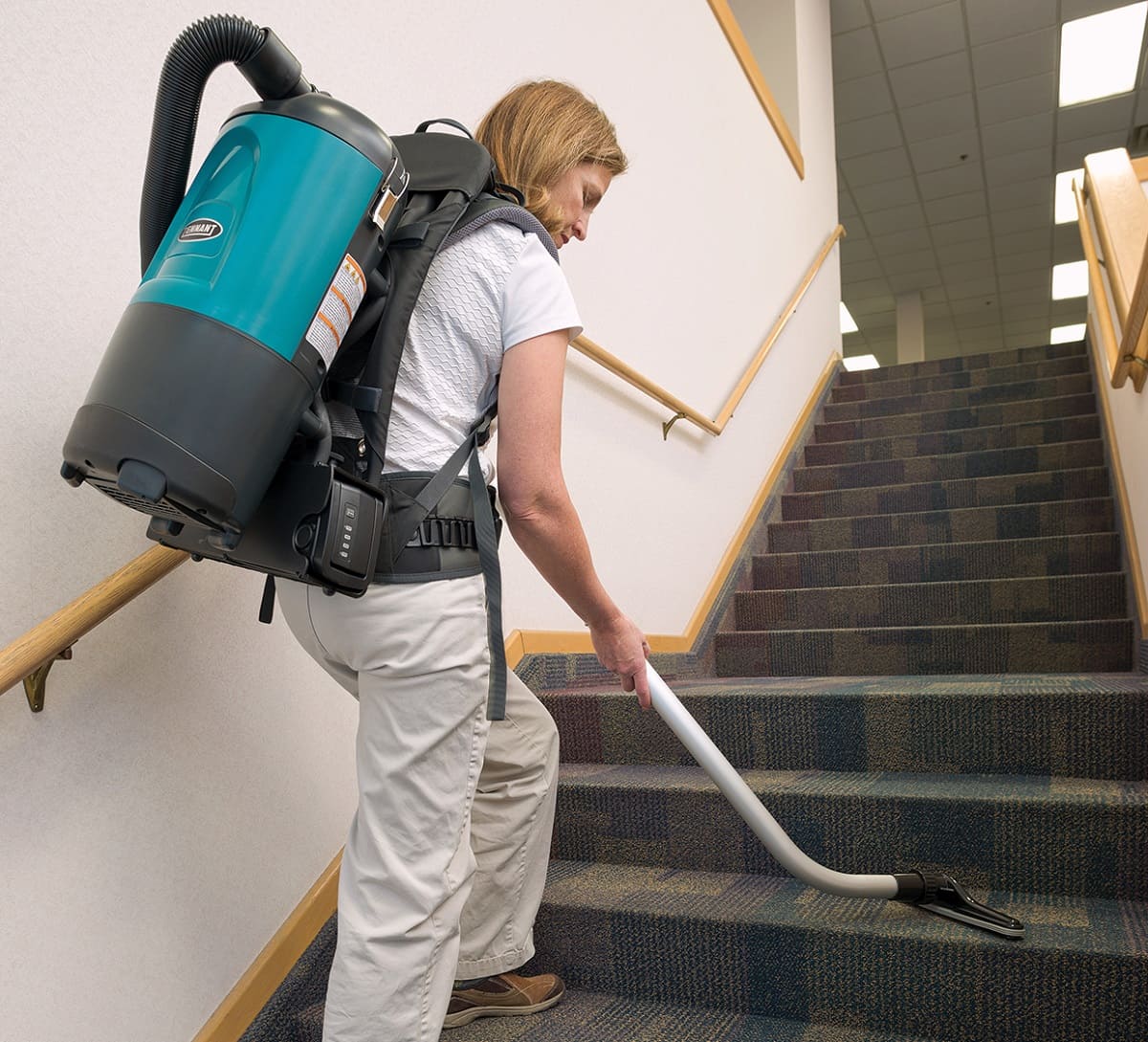
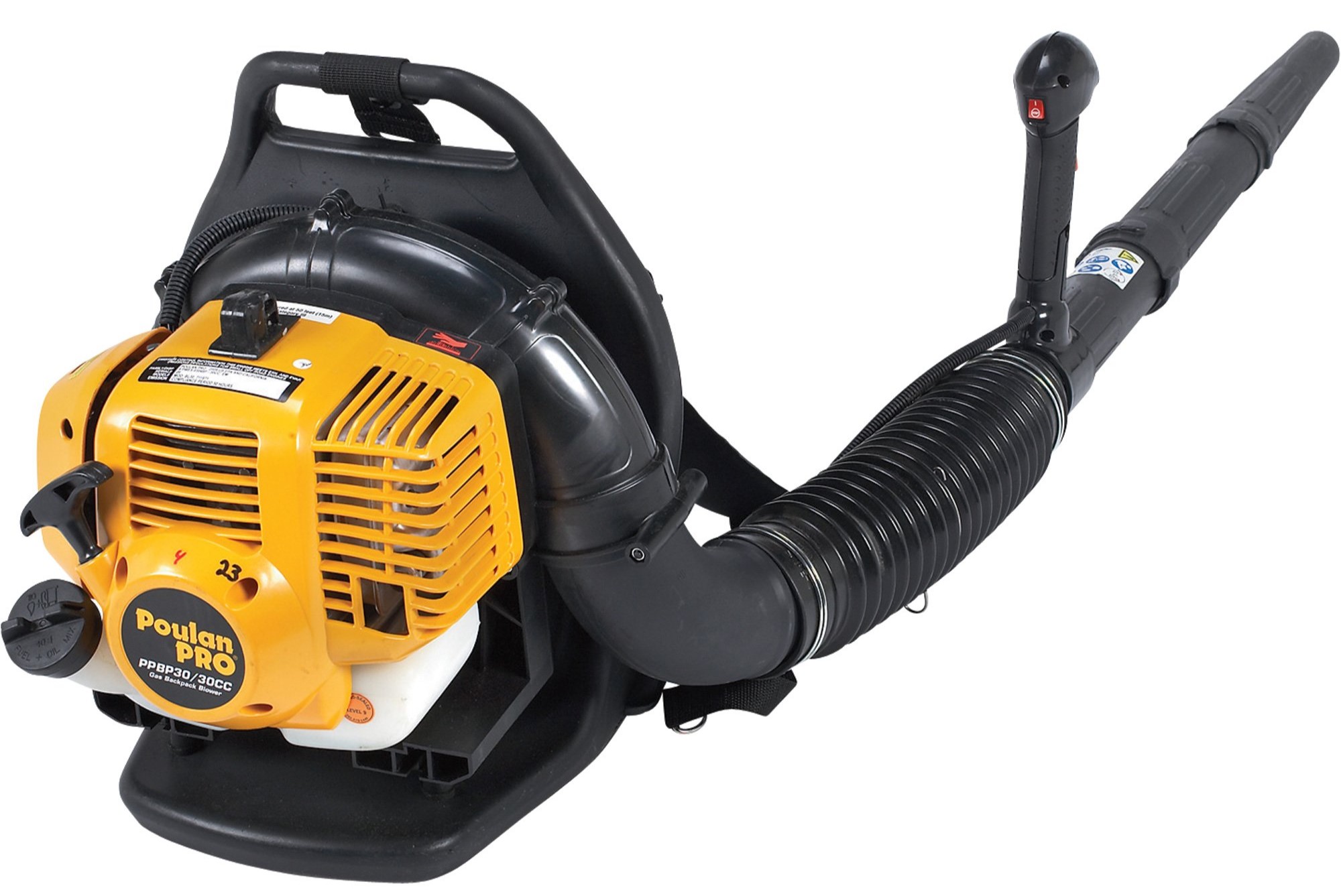

0 thoughts on “How To Store Loungefly Backpacks”